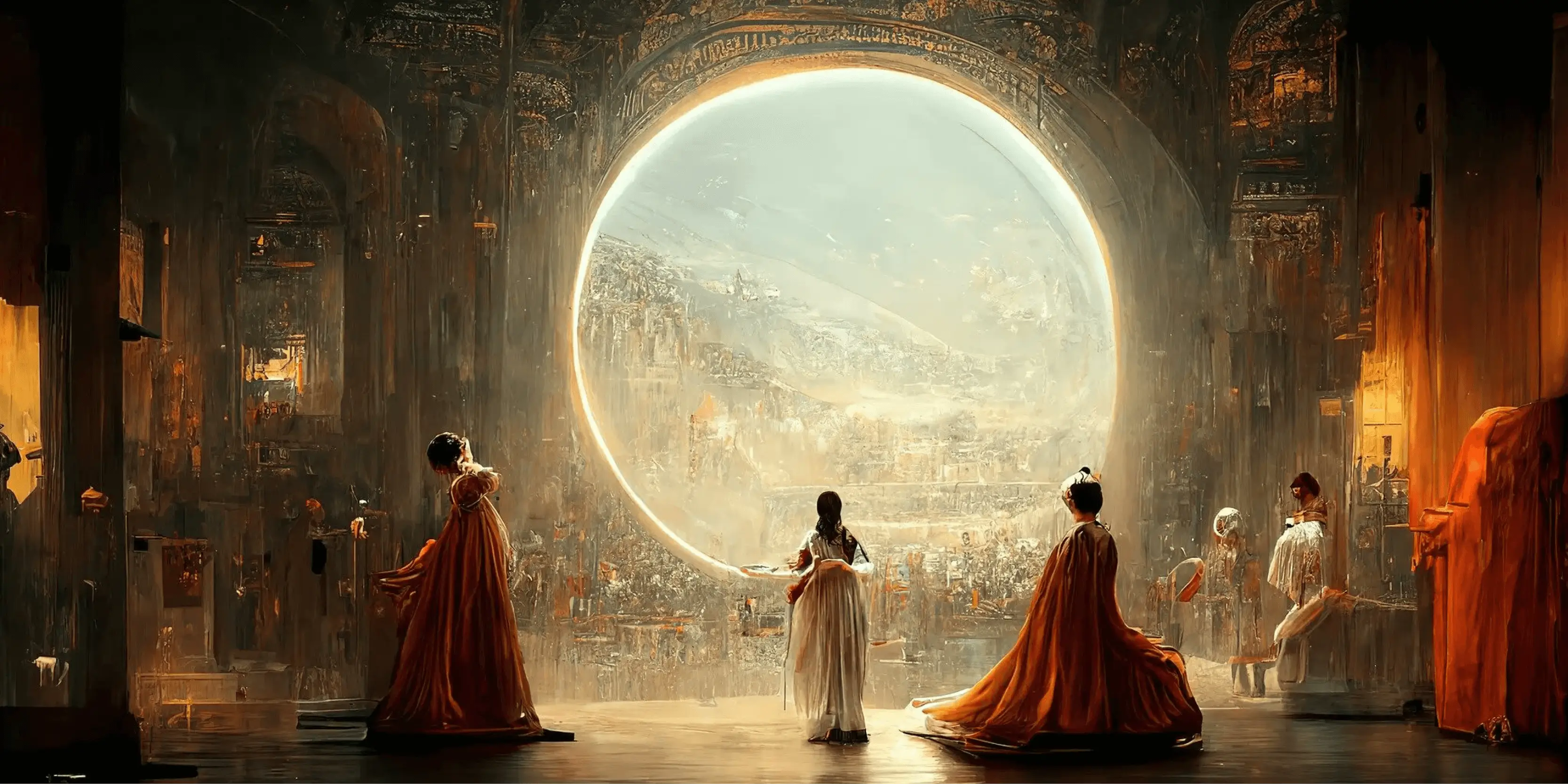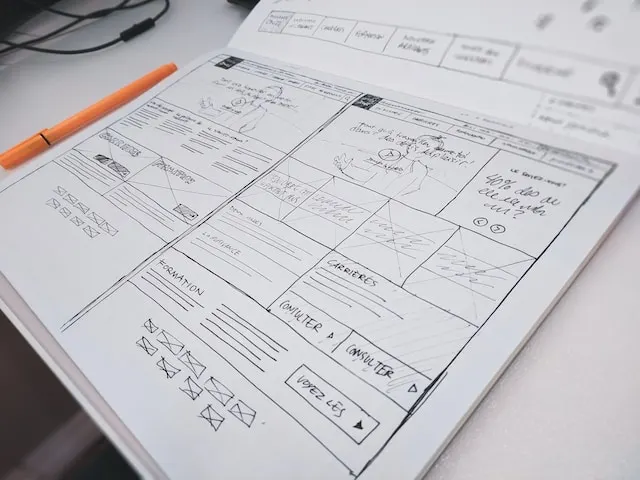In the new digital era, creating an exceptional user experience (UX) is paramount for the success of any online platform. As technology continues to evolve, designers are turning to Artificial Intelligence (AI).
What are the benefits of AI?
- Efficient Design Process
AI can very easily automate repetitive design tasks, allowing designers to focus on curation, final details and governing the more strategic aspects of the UX. This efficiency leads to better prodcts, faster development cycles and quicker responses to user feedback.
- Data-Driven Decision Making
AI-driven analytics provide valuable insights into user behavior and trends. Designers can use this data to make informed decisions, optimize designs, and address pain points within the user journey. Applying this to research methodologies may help to identify unforseen avenues and define new features.
- Chatbots and Virtual Assistants
Integrating AI-powered chatbots and virtual assistants enhances user engagement by providing real-time assistance. These tools can answer user queries, guide them through processes, and create a more interactive and dynamic UX.
While it may seem that AI can do everything, don't be disheartened, it still requires Ux professionals to collect more rich user research, select and curate ideas.
Bias in AI and UX Design
While AI holds tremendous potential, it is crucial to address the issue of bias. AI algorithms can inadvertently perpetuate and amplify existing biases present in the training data.
That sounded vary technical but it esentially means that as a designer you must be vigilant in recognizing biases to ensure fair and inclusive experiences. Regularly auditing heuristics and accessiblity, as well as incorporating diverse perspectives in the design process, can help minimize biases.
Recommended AI tools
Getting started can be hard, there are many AI tools, with more appearing every day. If you jsut want to get an idea, chatGPT and Midjourney are excellent starting points.
ChatGPT is a conversational language model developed by OpenAI. It excels at completing and generating coherent text. It can also assist with creative writing, generating ideas, or providing inspiration for various types of content.

Midjourney is a prominent generative AI tool for crafting images from text inputs. Alongside Dall-E and Stable Diffusion, it's a leading AI art creator.








